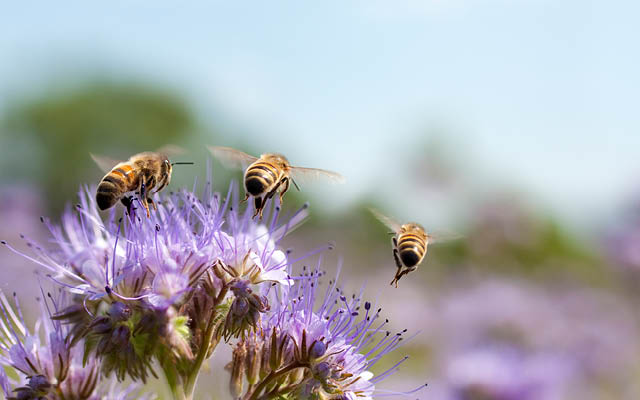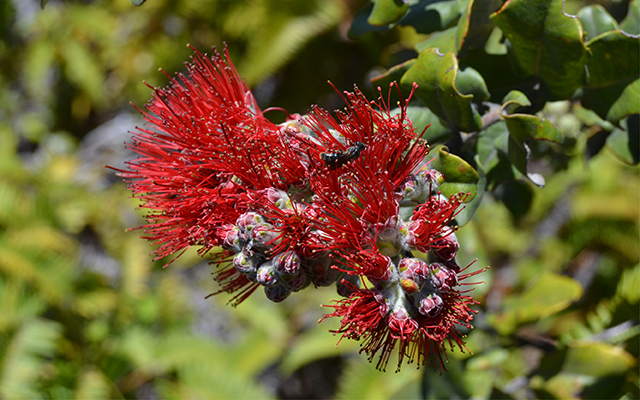Pesticide use, parasites and disease, habitat loss, monoculture farming, and changing climate are all thought to be major factors in the dramatic worldwide decline of these critical pollinators.
In recent years, several bee varieties — including the once-common rusty patched bumblebee — have been added to the endangered species list, joining three types of bats, five birds, and 24 butterflies and moths. Though bats are an understudied group of mammals, 24 bat species are listed as critically endangered (facing imminent threat of extinction), 53 are listed as endangered, and 104 are considered vulnerable
Two-thirds of North American birds are considered to be at increasing risk of extinction from rising global temperatures.
But all is not lost. To support these important indicator species, we can start taking action:
1. Buy organic food and shade-grown coffee.
2. Avoid using pesticides and herbicides in your yard. Try nontoxic pest-control methods — like crop rotation and row covers — first. If you must use pesticides, remember to read the label; some pesticides can harm bees. Use chemicals properly and spray at night, when pollinators are least active.
3. Foster natural habitats. Seventy percent of bees live in ground nests, while others live in clumps of grass or tree limbs and stumps. Leave uncovered dirt in your yard, and leave some fall leaf cover until spring, to provide habitat and protection over the winter. If you buy mason bee or butterfly houses, choose those you can take apart and clean properly to protect nesting pollinators from parasites.
4. Plant pollinator-friendly and native-to-your-area plants, shrubs, and trees: Monarchs love milkweed, for example. Common and swamp milkweed and butterflyweed are three varieties that grow well in many regions. Find databases at www.audubon.org and nanps.org/native-plant-societies.
5. Offer additional food sources with bird feeders, dried mealworms for ground-eating birds like robins, and overripe bananas and other fruit for butterflies. Clean feeders regularly.
6. Provide fresh water in birdbaths, bee baths, and dishes containing moist, sea-salted sponges to provide nutrients for butterflies. Clean baths frequently.
7. Use bird-friendly window coverings to prevent collisions. Learn more at www.abcbirds.org.
8. Become a citizen scientist by helping advocacy groups count pollinators. (Learn how at “How to Be a Citizen Scientist”.)
9. Spread the word about the plight of pollinators and why they matter; advocate for pro-pollinator environmental policies; and support conservation efforts by pollinator-advocacy groups, such as the Xerces and National Audubon Societies.
This originally appeared as “The Bees Knees” in the May 2020 print issue of Experience Life.




This Post Has 0 Comments